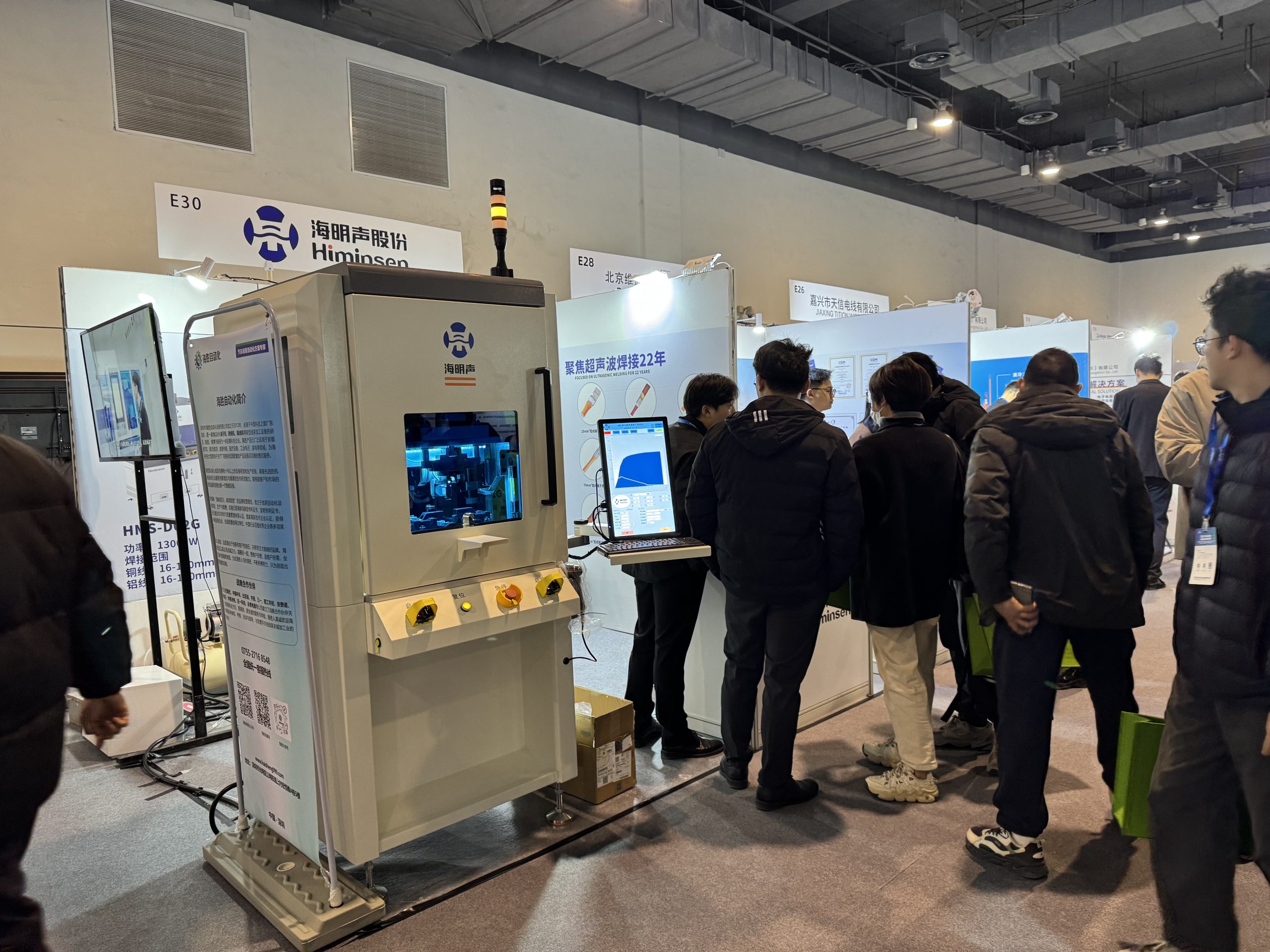1.Ultrasonic Welding Working Principle
The ultrasonic generator generates a high-frequency electrical signal, which is converted into mechanical vibration of the same frequency through the transducer, and then the mechanical vibration is transmitted to the surface of the metal workpiece to be welded. Under the action of pressure, the metal surface rubs against each other to generate heat, causing the metal molecular layers to fuse and thereby achieving welding.
2.Why Choose Ultrasonic Welding?
The advantages of ultrasonic welding technology include:
1.Efficient production: With the use of automated equipment, it can work continuously to improve production efficiency.
2.Quality improvement: The welding strength can be close to that of the raw material, and the strength and stability of the solder joints increase by an average of about 15 – 20%.
3.Cost reduction: It does not require heating, there is no possibility of thermal deformation, and there are no severe cold spots like in convective conduction. It can avoid damage to the injection mold and the disadvantage of slow injection.
4.Energy conservation and environmental protection: The power consumption is small, only about 5% of resistance spot welding, and the deformation of the welded parts is less than 3 – 5%.
5.Convenient operation: It is easy to achieve automation and can be controlled by a microcomputer. Clean and pollution-free: It does not produce harmful substances and avoids the harm of harmful gases (such as CO, NOX, etc.) to the operator’s body.
6.Customizable: Welding can be carried out according to the specific specifications of the product, with high flexibility.












0条评论